Using rolling to develop neuromuscular control and coordination of the core and extremities of athletes
- PMID: 21509112
- PMCID: PMC2953329
Using rolling to develop neuromuscular control and coordination of the core and extremities of athletes
Abstract
Rolling is a movement pattern seldom used by physical therapists for assessment and intervention with adult clientele with normal neurologic function. Rolling, as an adult motor skill, combines the use of the upper extremities, core, and lower extremities in a coordinated manner to move from one posture to another. Rolling is accomplished from prone to supine and supine to prone, although the method by which it is performed varies among adults. Assessment of rolling for both the ability to complete the task and bilateral symmetry may be beneficial for use with athletes who perform rotationally-biased sports such as golf, throwing, tennis, and twisting sports such as dance, gymnastics, and figure skating. Additionally, when used as intervention techniques, the rolling patterns have the ability to affect dysfunction of the upper quarter, core, and lower quarter. By applying proprioceptive neuromuscular facilitation (PNF) principles, the therapist may assist patients and clients who are unable to complete a rolling pattern. Examples given in the article include distraction/elongation, compression, and manual contacts to facilitate proper rolling. The combined experience of the four authors is used to describe techniques for testing, assessment, and treatment of dysfunction, using case examples that incorporate rolling. The authors assert that therapeutic use of the developmental pattern of rolling with techniques derived from PNF is a hallmark in rehabilitation of patients with neurologic dysfunction, but can be creatively and effectively utilized in musculoskeletal rehabilitation.
Figures
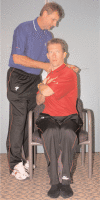


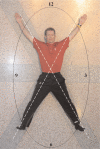

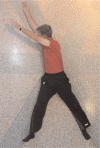
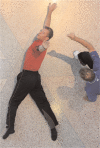

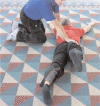






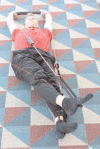
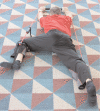

References
-
- Cech DJ, Martin S. Functional Movement Development Across the Lifespan, 2nd Edition Philadelphia, PA: WB Saunders; 2002
-
- Piper MC, Darrah J. Motor Assessment of the Developing Infant. Philadelphia, PA: WB Saunders; 1994
-
- Adler SS, Beckers D, Buck M. PNF in Practice: An Illustrated Guide. New York, NY: Springer; 2007
-
- Voss DE, Ionta MK, Myers BJ. Proprioceptive Neuromuscular Facilitation. Patterns and Techniques. Philadelphia, PA: Harper & Row Publishers; 1985
-
- Hall CM, Thein-Brody LM. Proprioceptive neuromuscular facilitation, in: Therapeutic Exercise: Moving Toward Function, 2nd edition.Philadelphia, PA: Lippincott Williams & Wilkins; 2004
LinkOut - more resources
Full Text Sources
Miscellaneous
